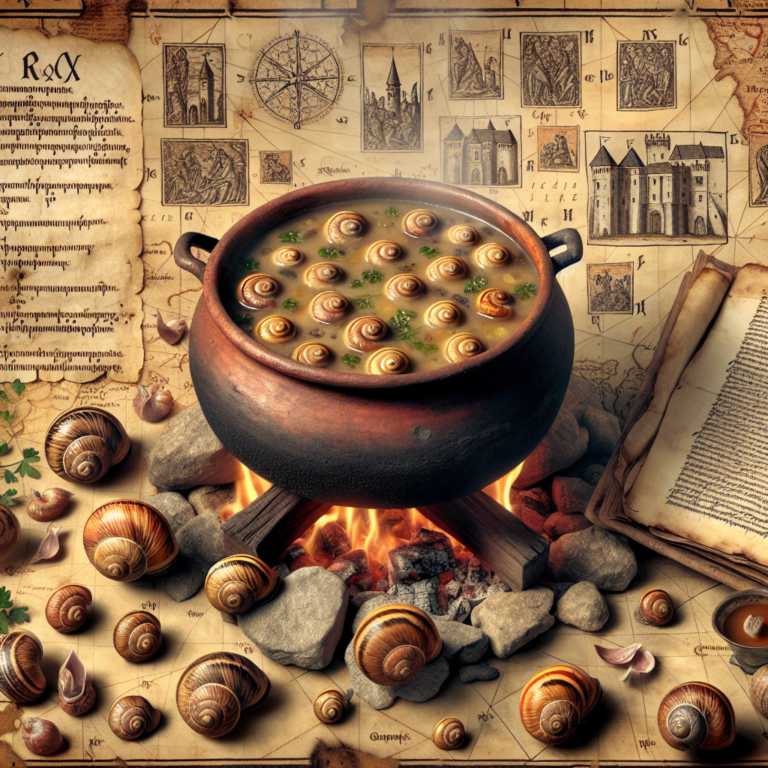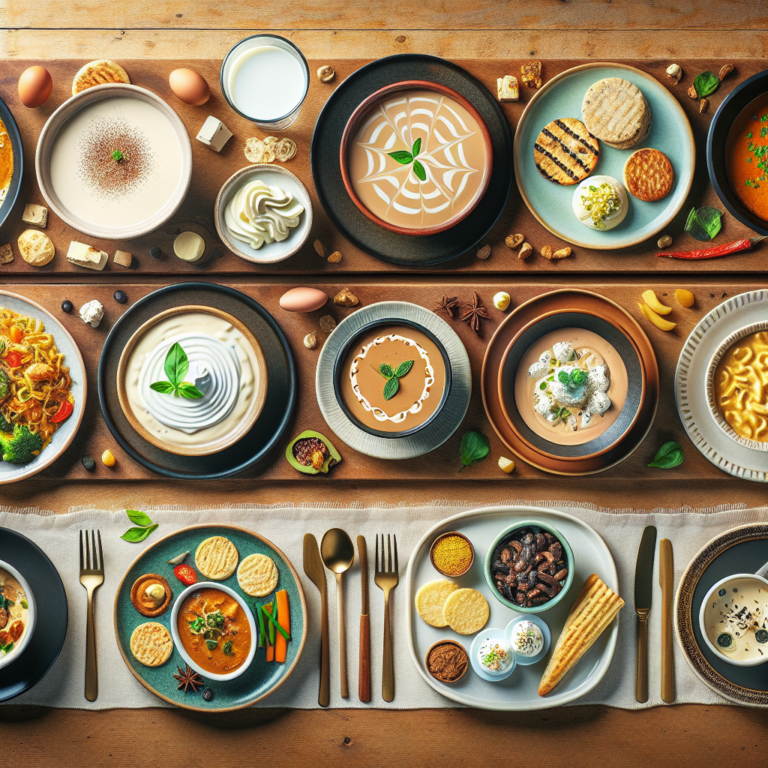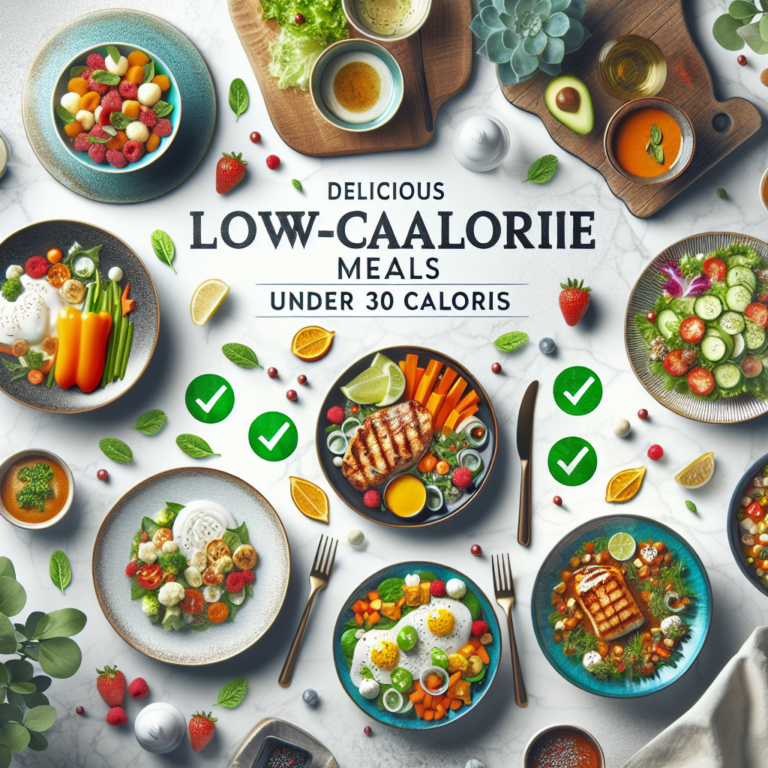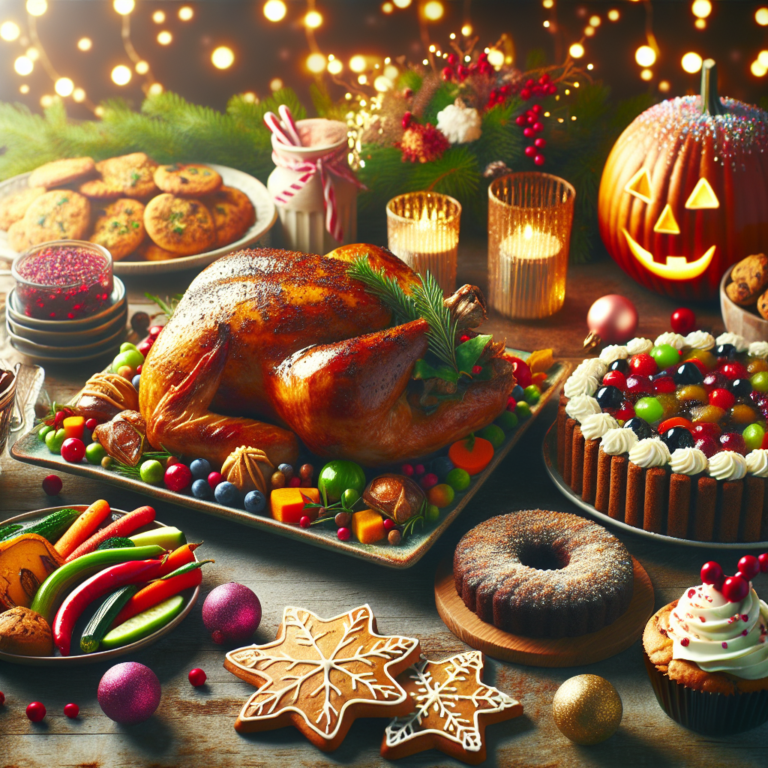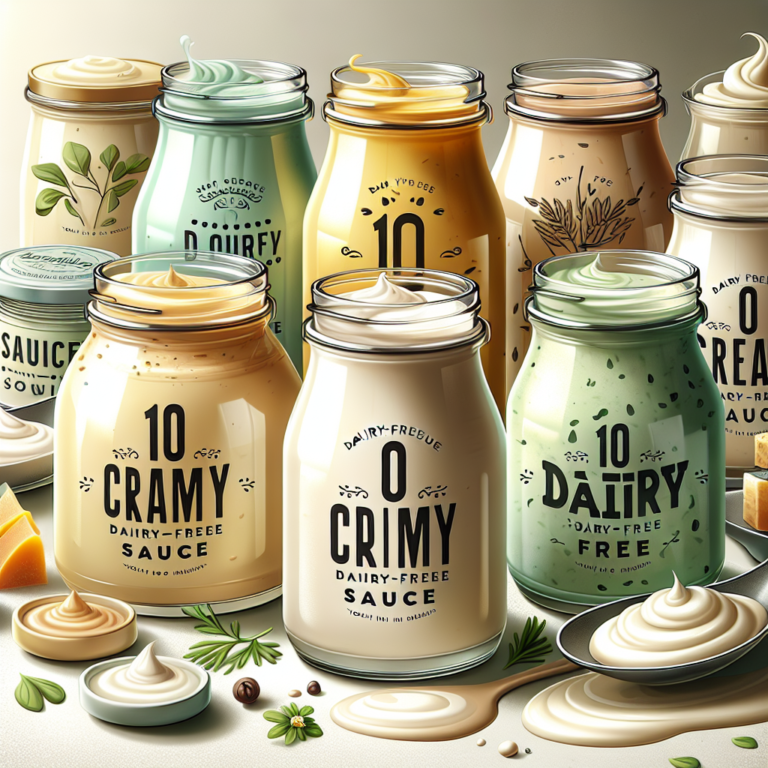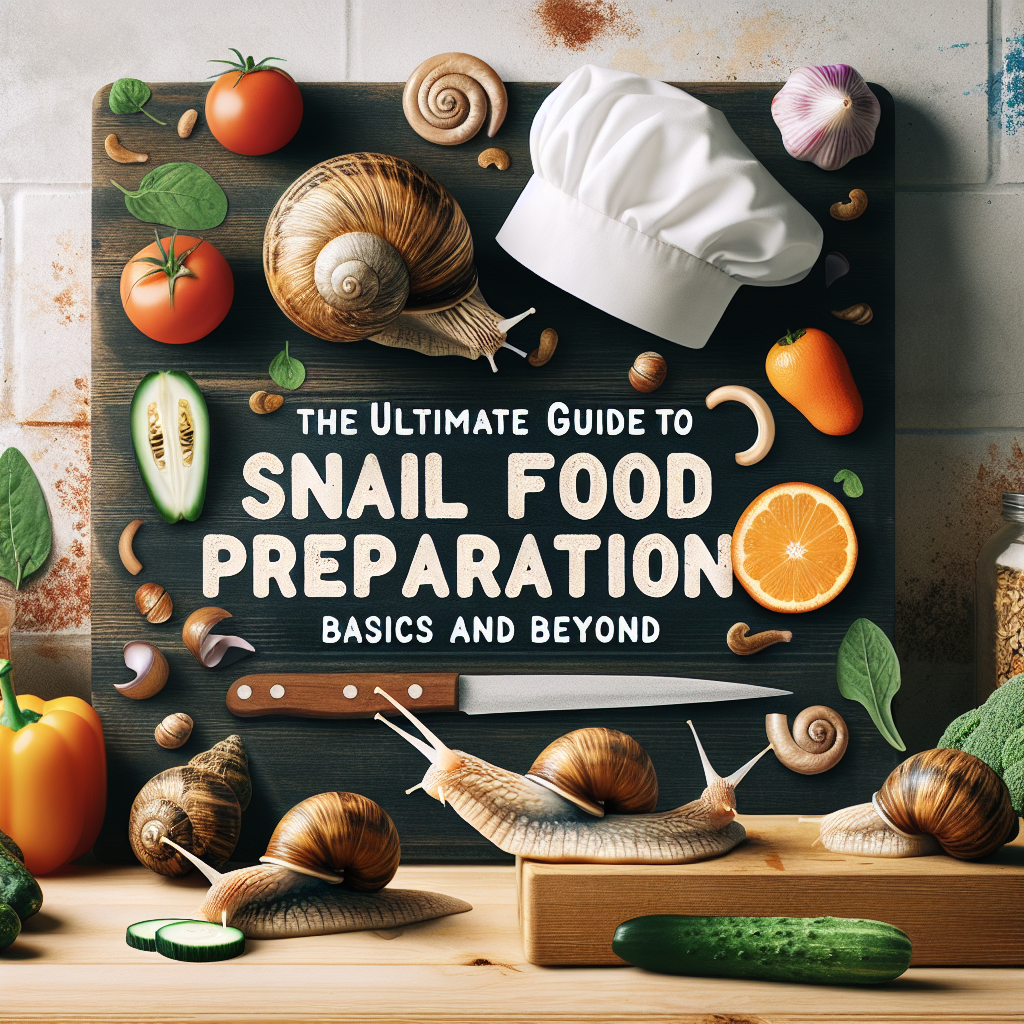
Snails are unique creatures that require specific care and attention to thrive. As an integral part of many ecosystems, snails contribute to nutrient cycling and the health of their environments. However, their needs can range greatly depending on the species. In this comprehensive guide, we will delve into the essential aspects of snail food preparation, from the basics to advanced techniques, ensuring your mollusks receive the nutrition they need.
Understanding Snails and Their Dietary Needs
Types of Snails
Before diving into food preparation, it’s essential to understand the types of snails you may be caring for. The two most common categories are:
- Land Snails: These snails primarily consume plant material, which can include leaves, fruits, and vegetables.
- Aquatic Snails: Typically feed on algae, decaying plant matter, and sometimes small invertebrates.
Nutritional Needs
Snails require a well-balanced diet to ensure their health and vitality. Their diet should include:
- Calcium: Essential for shell development.
- Fiber: Important for digestion.
- Vitamins and Minerals: Vital for overall health.
- Water: Necessary for hydration and metabolism.
Basic Food Preparation for Snails
Ingredients That Snails Love
When preparing food for your snails, it’s crucial to choose fresh, organic ingredients without pesticides or chemicals. Here are some popular choices:
- Leafy Greens: Kale, spinach, and romaine lettuce.
- Fruits: Apples, bananas (in moderation), and strawberries.
- Vegetables: Carrots, zucchini, and cucumber.
Preparation Techniques
Here are some basic preparation techniques to follow when preparing food for your snails:
- Washing: Always wash your fruits and vegetables thoroughly to remove any residues.
- Cutting: Chop larger pieces into small, manageable sizes for easy consumption.
- Steaming: For harder vegetables like carrots, steaming can soften them for easier eating.
- Freezing: Store excess food in your freezer for future use, ensuring it can be thawed easily.
Advanced Snail Food Techniques
Creating Custom Diets
As your understanding of snail nutrition deepens, you may want to experiment with custom diets. Consider adding:
- Homemade Calcium Sources: Crush eggshells or oyster shells and mix them in food.
- Protein Supplements: Adding crushed insects or fish flakes can provide essential protein.
- Commercial Foods: Several commercial snail foods available on the market can complement their diet.
Special Dietary Considerations
Some snails may require special dietary considerations:
- Breeding Snails: Ensure a high-calcium diet to support shell growth for hatchlings.
- Ill Snails: May benefit from softer foods or pureed vegetables if they’re having trouble eating.
Feeding Techniques
Different snails may respond better to different feeding methods. Experiment with the following techniques:
- Feeding on the Ground: Place food directly on the substrate.
- Using Feeding Stations: Create designated areas with fresh food to promote organization.
- Hanging Vegetables: For certain aquatic snails, suspension feeding can prevent food from sinking too deep.
Environmental Factors That Affect Feeding
Temperature and Humidity
The temperature and humidity levels of your snail’s habitat can significantly influence their feeding behavior. Ideal conditions typically include:
- Temperature: Maintain a warm, stable temperature that suits your snail species (generally between 70-80°F).
- Humidity: Ensure humidity levels are appropriate, ideally around 60-80% for land snails.
Lighting and Time of Day
Snails are primarily nocturnal. Consider adjusting feeding times accordingly:
- Offer food in the evening to align with their natural foraging instincts.
- Avoid bright lighting during the day, as snails tend to withdraw when exposed to too much light.
Monitoring Snail Health Through Diet
Signs of a Healthy Diet
A well-balanced diet will result in visible signs of a healthy snail:
- Active Behavior: Snails should be active, exploring their environment and foraging for food.
- Healthy Shells: Look for smooth, unblemished shells free of cracks or other damage.
- Consistent Growth: Regularly measure growth, particularly in juvenile snails.
Symptoms of Poor Nutrition
Should you notice any of the following signs, it may indicate a nutritional deficiency:
- Resting Behavior: A lack of activity or hiding more often than usual.
- Shell Deformities: Irregularities or damage to their shells.
- Stunted Growth: A noticeable lack of size increase over time.
Conclusion
Caring for snails and preparing their food is a rewarding and enriching experience. By understanding their dietary needs and implementing correct food preparation techniques, you can ensure that your snails are not only healthy but thriving. Regularly observe their behavior and adjust their diets as necessary to meet their changing needs. With patience and dedication, you will find that your efforts in preparing the right food profoundly impact the well-being of these fascinating creatures.
FAQs
1. What vegetables are best for snails?
Leafy greens such as kale, spinach, and lettuce are ideal options. You can also offer zucchini, cucumber, and carrots, ensuring they are fresh and free from pesticides.
2. How often should I feed my snails?
Feed snails daily, offering small amounts that they can consume in a few hours to prevent spoilage and waste.
3. Should I provide calcium supplements? If so, how?
Yes, calcium is essential for healthy shell growth. You can provide crushed eggshells or commercial calcium supplements mixed into their diet.
4. Are there any foods I should avoid feeding snails?
Avoid foods high in salt or acidic foods like citrus, which can irritate their digestive systems. Processed foods are also not suitable for snails.
5. How can I tell if my snail is sick?
Signs of illness include lack of movement, not eating, shell deformities, or unusual mucus secretion. If you notice any of these symptoms, consider adjusting their diet or seeking advice from a vet familiar with snails.
It seems like you might be looking for a specific prompt or topic to explore. Could you clarify what kind of prompt you’d like? For example, are you interested in writing prompts, discussion topics, creative ideas, or something else? Let me know how I can assist you!, #Ultimate #Guide #Snail #Food #Preparation #Basics, #Ultimate #Guide #Snail #Food #Preparation #Basics, 1736727827, the-ultimate-guide-to-snail-food-preparation-basics-and-beyond




